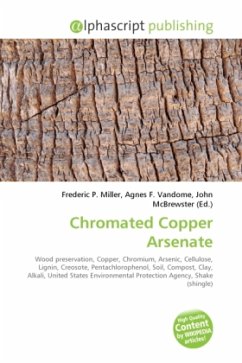High Quality Content by WIKIPEDIA articles! Lime is a general term for calcium-containing inorganic materials, in which carbonates, oxides and hydroxides predominate. Strictly speaking, lime is calcium oxide or calcium hydroxide. It is also the name for a single mineral of the CaO composition, occurring very rarely. The word 'lime' originates with its earliest use as building mortar and has the sense of 'sticking or adhering'. Lime can also refer to a sticky substance smeared on branches to catch small birds. These materials are still used in large quantities as building and engineering materials and as chemical feedstocks, among other uses. Lime industries and the use of many of the resulting products date from prehistoric periods in both the Old World and the New World. The rocks and minerals from which these materials are derived, typically limestone or chalk, are composed primarily of calcium carbonate. They may be cut, crushed or pulverized and chemically altered. "Burning" converts them into the highly caustic material quicklime and, through subsequent addition of water, into the less caustic slaked lime or hydrated lime, the process of which is called slaking of lime.
Bitte wählen Sie Ihr Anliegen aus.
Rechnungen
Retourenschein anfordern
Bestellstatus
Storno








